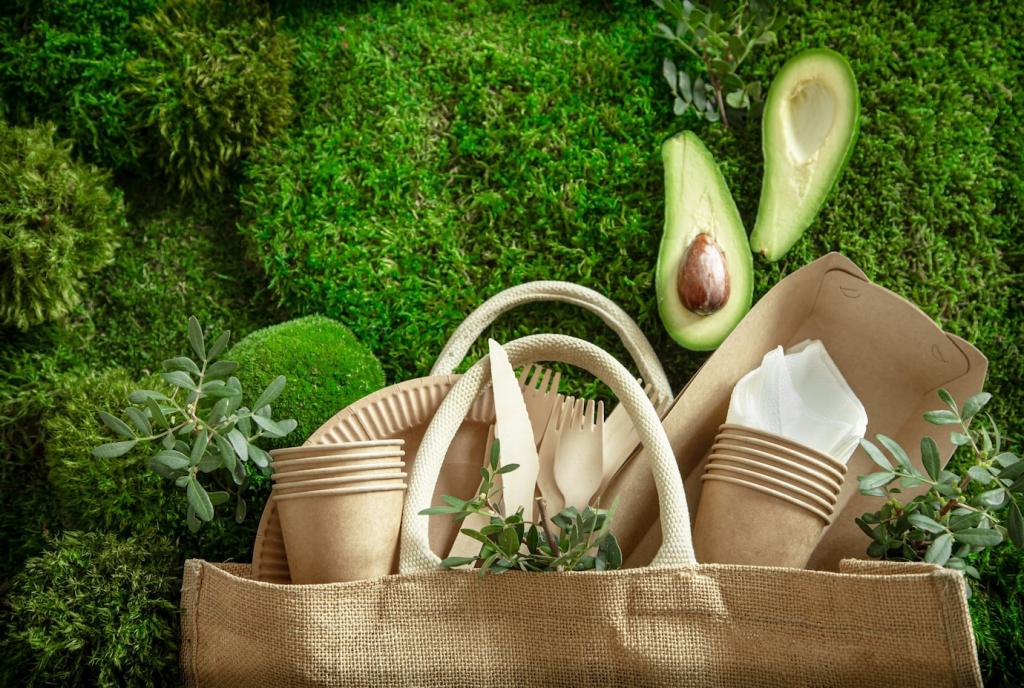
Water Conservation Techniques for Dacha Gardens
Water conservation is essential for maintaining a flourishing dacha garden while preserving valuable resources. As climate changes and periods of drought become more common, gardeners must adopt effective strategies to ensure their plants thrive with minimal water waste. By implementing a combination of soil management, efficient irrigation, smart plant choices, and practical maintenance routines, you can create a lush, vibrant garden that is both sustainable and resilient. Discover the key techniques that will help you make the most of every drop and keep your dacha garden flourishing year after year.
Optimizing Soil for Water Retention
Enhancing Soil with Organic Matter
Incorporating materials like compost, well-rotted manure, or leaf mold into garden beds dramatically boosts the soil’s sponge-like qualities. Organic matter improves the soil structure, increases porosity, and enhances the microflora which support plant roots. This means water is absorbed more efficiently and retained over longer periods, reducing runoff and evaporation. Regularly amending dacha soils with organic material not only conserves water but also naturally boosts fertility and plant productivity, creating a thriving and sustainable ecosystem in your garden.
Applying Mulch to Garden Beds
A thick layer of mulch applied to soil surfaces shields the ground from direct sunlight, drastically reducing water loss through evaporation. Organic mulches like straw, bark chips, or grass clippings also break down over time, adding valuable nutrients to the soil. Mulch helps moderate soil temperature, suppresses weeds that would otherwise compete for water, and keeps roots cooler during hot spells. By keeping the soil moist and shaded, mulching makes watering less frequent and more effective, which is especially beneficial in the unpredictable weather conditions often experienced at dachas.
Improving Soil Structure and Drainage
While it’s crucial to retain moisture, soil should never be so compacted or clay-heavy that water can’t penetrate. Aerating the ground, double-digging beds, or integrating sand and fine gravel into clay soils enhances drainage without sacrificing moisture retention. Good soil structure ensures water reaches plant roots rather than pooling on the surface or running off. Periodically assessing your garden’s soil and making gradual amendments allows you to create optimal conditions for water to be absorbed and stored just where it’s needed—at the root zone of your fruits, vegetables, and ornamentals.
Efficient Irrigation Strategies
Drip irrigation delivers moisture straight to the base of plants via small tubes and emitters, releasing water slowly and precisely where it’s required. This technique minimizes water loss due to evaporation or wind, common with overhead sprinklers. Drip systems can be set on timers for convenience and efficiency, and they help maintain an even soil moisture level, which is critical for vegetable gardens and flower beds. Installing a drip system might require some initial investment, but the long-term savings in water and improved plant health make it an excellent choice for conscientious dacha gardeners seeking sustainable practices.

Selecting and Arranging Plants Wisely
Opting for plant species that have evolved to withstand dry conditions is a cornerstone of water-conserving landscape design. Many herbs, perennials, and even fruits and vegetables are available in drought-resistant cultivars that require less frequent watering once established. These plants often have deep root systems, waxy leaves, or other adaptations that help them make the most of available moisture. By integrating these resilient species into your dacha garden, you build a more robust and low-maintenance landscape, perfect for the sometimes unpredictable conditions of countryside gardening.

